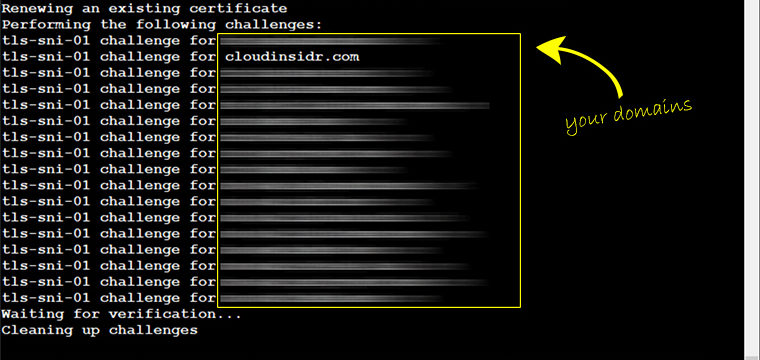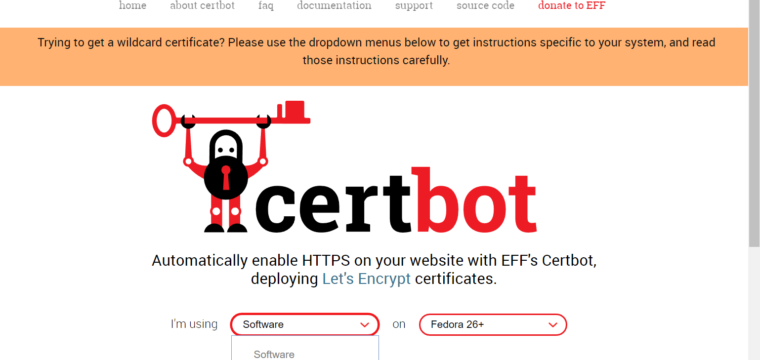Who wants to issue certificates manually if they can take Letsencrypt’s Certbot to the task.

Cyber security, infotech

Who wants to issue certificates manually if they can take Letsencrypt’s Certbot to the task.

In order to figure out how many days your letsencrypt certificates have left, you could check an online services such as:
https://www.ssllabs.com/ssltest/index.html
However, that won’t work for a mail server that’s not also running a web server using the same certificate.
In this case, your best bet is to check the certificate file directly using the openssl command as follows:
openssl x509 -noout -dates -in /etc/letsencrypt/live/smtp.yourmailserverdomainname.com/cert.pem

Anna E Kobylinska Leave a Comment
In a post titled How to Set Up Letsencrypt, the SSL-Certificate Engine for the Cloud Era of Hyperscale, on AWS EC2, we have introduced you to this free, open, and fully automated Certificate Authority backed by the likes of Facebook (a gold sponsor), and discussed a manual setup for adventurers in How to Use Letsencrypt across Servers in the Manual Configuration Mode with a CSR.
Now is the time to discuss how to extend the validity of a Letsencrypt certificate for up to another 90 days of blissful happiness.

Anna E Kobylinska Leave a Comment
[updated 2018-06-12] As browser makers continue their push for HTTPS and mobile applications are becoming the target of MITM (man-in-the-middle) attacks, cloud developers and administrators are scrambling to find affordable SSL certificates that can live up to the demands of the cloud era. Enter Let’s Encrypt, a new Certificate Authority that is open, fully automated, and free to use, with an almost unprecedented, generous allotment of 100 host names per certificate. Let’s Encrypt delivers on the promise of a worry-free, fully encrypted web 3.0. Cloud Insidr lifts the veil off of Let’s Encrypt’s setup, configuration, its few surprises and hidden gems.
©2022 CybrAnalytiqa OÜ